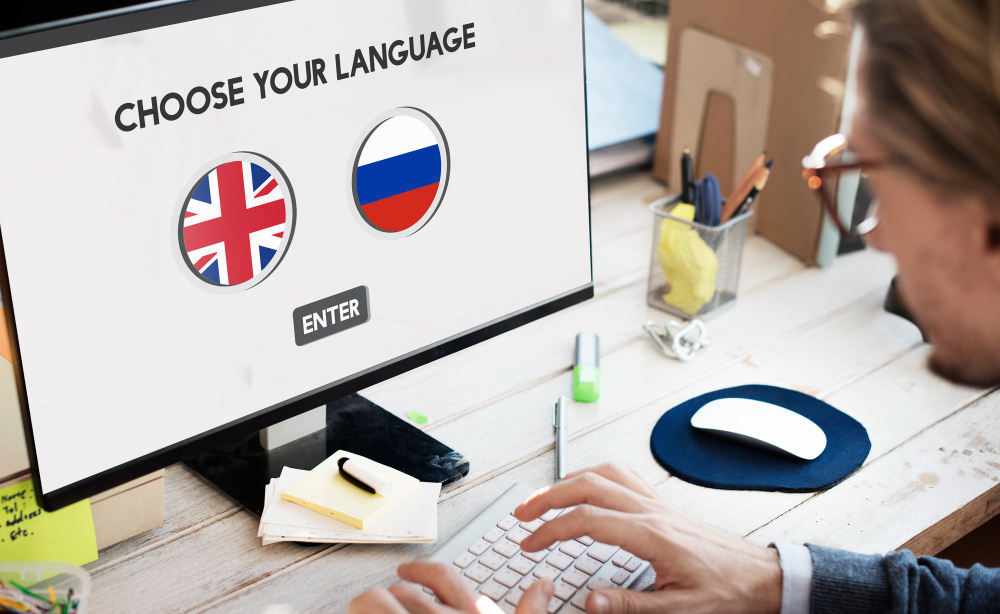Data Privacy and Confidentiality in Transcription & Translation Services
Sep 23, 2025, Nishi SinghImagine a high-stakes legal battle hanging in the balance. A crucial deposition, filled with sensitive personal details and strategic legal arguments, is sent for transcription. Now, picture that same audio file, mismanaged and unsecured, ending up in the wrong hands. The fallout could be catastrophic, leading to a compromised case, financial loss, and irreparable damage to a law firm's reputation. This isn't just a hypothetical scenario; it's a very real risk in our interconnected world.
For professionals in the language services industry, our work is built on a foundation of trust. Clients entrust us with their most sensitive information—from confidential business strategies and personal medical records to classified legal proceedings. Upholding data privacy and confidentiality isn't just a best practice; it's a core responsibility. As we handle ever-increasing volumes of digital information, the conversation around data protection in transcription services and translation has never been more critical.
The Modern Landscape of Privacy Concerns in Translation
Decades ago, confidentiality meant locking a manuscript in a file cabinet. Today, the challenges are far more complex. A single audio file or document can travel across multiple platforms, devices, and even continents in seconds. This digital journey presents numerous vulnerabilities that can expose sensitive information.
Consider a multinational corporation preparing for a merger. They need dozens of contracts and financial reports translated. The privacy concerns in translation are immense. If these documents are handled by a service with lax security, a leak could lead to insider trading, derail the merger, and trigger regulatory investigations. Each step, from the initial upload to the final delivery, must be fortified against potential breaches. This is why a commitment to secure document translation is non-negotiable for any serious language service provider.
Key Pillars of Data Confidentiality
Ensuring robust data protection requires a multi-faceted approach. It goes beyond simple promises and involves concrete technical and procedural safeguards. Let's break down the essential components that every client should look for and every provider should implement.
The Human Element: Vetted Professionals and NDAs
The first line of defense is always the people handling the data. Reputable transcription and translation companies meticulously vet their linguists. This process often includes background checks and requires signing legally binding Non-Disclosure Agreements (NDAs). These agreements establish a clear legal framework for protecting client information and ensure that every professional involved understands their obligation to maintain client confidentiality in transcription and translation. This commitment is the bedrock of trust between a client and a provider.
Technological Safeguards: Encryption and Secure Platforms
Technology is both a source of risk and our greatest tool in mitigating it. State-of-the-art security protocols are essential.
- End-to-End Encryption: From the moment you upload a file to the moment you download the finished product, the data should be encrypted. This means it's converted into an unreadable code that can only be accessed with the correct decryption key.
- Secure Servers and Platforms: Files should be stored on secure, access-controlled servers. Look for providers who use platforms with features like two-factor authentication and detailed access logs to monitor who interacts with your data and when.
- Controlled Workflows: Data should never be downloaded to a linguist's personal, unsecured computer. Secure providers utilize cloud-based platforms where transcriptionists and translators work on the files within a controlled environment, preventing unauthorized copies or distribution.
Navigating Regulatory Frameworks: HIPAA and GDPR
In many sectors, data privacy is not just an ethical obligation but a legal one. Two of the most significant regulatory frameworks are HIPAA and GDPR.
The Importance of HIPAA Compliant Transcription
The Health Insurance Portability and Accountability Act (HIPAA) sets the standard for protecting sensitive patient health information in the United States. For any organization in the healthcare space—hospitals, clinics, insurance companies, or research labs—partnering with a HIPAA compliant transcription service is mandatory.
This compliance involves much more than a simple checkbox. It requires specific administrative, physical, and technical safeguards. For example, a provider must have a designated privacy officer, conduct regular risk assessments, and maintain a secure audit trail of all access to protected health information (PHI). A breach in medical transcription privacy can result in severe fines and legal action, making compliance a critical factor when choosing a partner.
Adhering to GDPR in a Global Market
The General Data Protection Regulation (GDPR) is the European Union's stringent data privacy law. It affects any organization that processes the personal data of EU residents, regardless of where the organization is located. GDPR compliant transcription services are essential for any business operating in or with Europe.
GDPR emphasizes principles like data minimization (collecting only necessary data), purpose limitation (using data only for the specified purpose), and the right to be forgotten. A compliant provider will have clear policies on data retention, secure data processing protocols, and a transparent process for handling data subject requests.
Confidentiality in Specialized Fields
While privacy is universally important, some fields demand an even higher level of security.In the legal world, attorney-client privilege is sacred. Legal transcription confidentiality is paramount for everything from court hearings and depositions to private client meetings. A leak could jeopardize a case, violate privilege, and have serious legal ramifications. Legal professionals need a transcription partner who understands these stakes and has ironclad security measures in place.
Similarly, financial institutions, market researchers, and corporate strategists all rely on transcription and translation services to handle proprietary information. In these contexts, a breach could lead to significant financial loss, loss of competitive advantage, and reputational harm.
In an industry built on the precise and careful handling of words, the protection of that information must be equally precise and careful. From the initial upload to the final delivery, every step must be secured with the best technology and processes available, managed by vetted professionals who understand the weight of their responsibility.
As you seek a partner for your language service needs, look beyond promises of speed and accuracy. Ask the tough questions about security protocols, compliance, and confidentiality. For organizations that prioritize the sanctity of your information, myTranscriptionPlace stands as a trusted leader, providing secure, confidential, and compliant translation and transcription services you can depend on.






